
Subaru XV Hatchback (2012-2017) engines, drive and performance
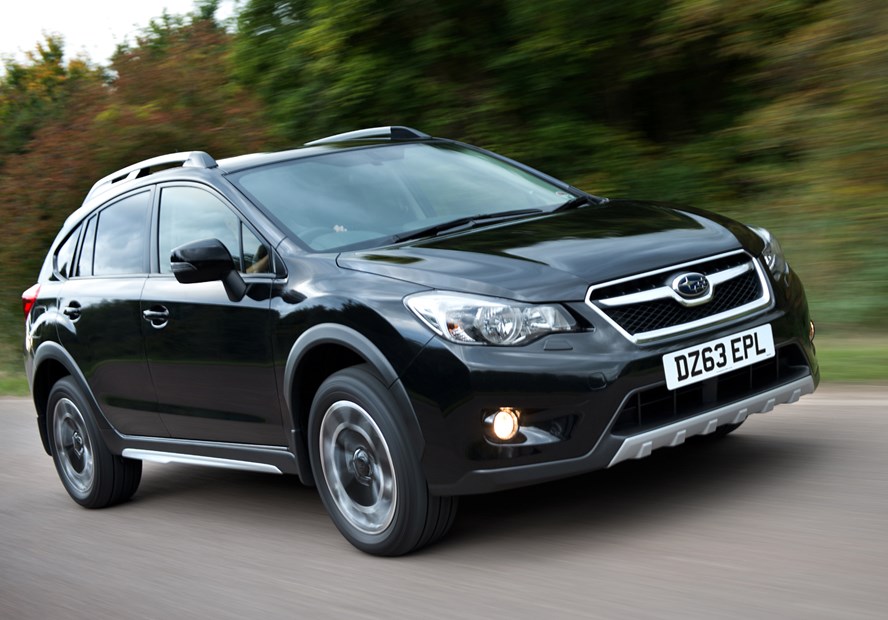
There is one petrol engine and one diesel engine available in the line-up.
In early 2014 the 1.6-litre petrol was discontinued in the UK leaving the 150hp 2.0-litre unit as the only available petrol option when buying new. The diesel option is a 147hp 2.0-litre engine.
The 1.6-litre petrol engine was fitted with a five-speed manual transmission only, while the 2.0-litre petrol comes with a manual or auto ‘box. The diesel’s only available with a six-speed manual.
Both 2.0-litre petrol and diesel models use Subaru’s all-new six-speed manual gearbox as standard.
If performance is your priority you’ll go for the 2.0-litre diesel: it’ll get to 62mph from a standstill in 9.3 seconds, and then go on to a top speed of 120mph.
The 2.0-litre petrol with the six-speed is next up in the performance stakes, taking 10.3 seconds to get 62mph. The CVT version takes 0.2 seconds longer to get there. Top speed for both versions is 116mph.
Predictably, the scrapped 1.6-litre was the slowest: with the five-speed gearbox it’ll do the benchmark sprint in 13.1 seconds but with the CVT it does it in 13.8 seconds. Top speed is 111mph and 109mph respectively.
The stats tell a fairly blunt story and Subaru XV performance is as you’d expect when you get it on the road. The diesel with the manual box is by far the best option. It’s unflustered, unrushed and great around town, but can get noisy when revved hard. It’s relaxed on the motorway though.
The 2.0-litre petrol has a smooth power delivery but it doesn’t feel particularly quick. With the manual gearbox, you do need to change down a few gears when overtaking on B-roads and it does seem to run out of puff quite quickly.
The six-speed manuals for both engines are slick, but we couldn’t recommend the CVT transmission which is only available with the petrol option. It is better than some similar CVT boxes, but it does feel like its straining when in ‘Drive’. You can switch to semi-automatic mode and use the steering-wheel-mounted paddle-shifters that offer quick changes. They are particularly useful in city traffic.
Like all high-riding crossovers, you cannot expect to enter corners with gusto and find it handles like a stiffly sprung sports car.
However, there isn’t an awful amount of body roll (there’s still some) and Subaru’s performance pedigree shows. The steering is lacking in feel and responsiveness though, and it’s not as enjoyable as an Audi Q2 or BMW X3 through a series of twists and turns.
Off-road, the XV claws back some lost ground with a high ground clearance that makes it more than capable on the rough stuff. We tested the car on extreme ruts, bumps, lumpy tracks and all types of mud-laden surfaces and it coped extremely well – certainly better than many of its rivals would.
Subaru said it was looking to build a ‘go anywhere’ car, and although that’s a heady claim it’s perfectly capable when dealing with rougher roads and muddy trails. If you are off-roading regularly, a Land Rover is a better option but the XV will serve you pretty well.


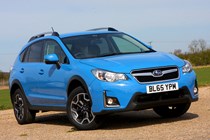
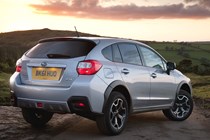
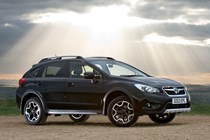
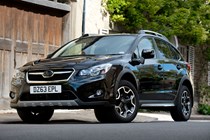
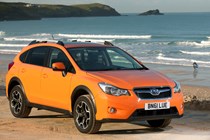
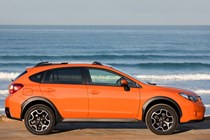
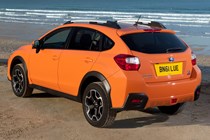
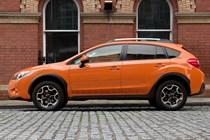
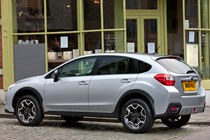
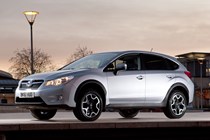
.jpg)
.jpg)
.jpg)
.jpg)
.jpg)
.jpg)
.jpg)
.jpg)
.jpg)
.jpg)
.jpg)
.jpg)
.jpg)
.jpg)
.jpg)
.jpg)
.jpg)


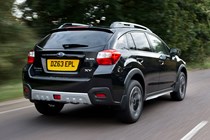
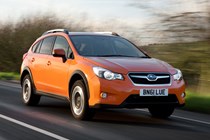
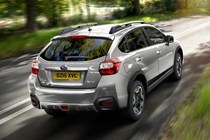
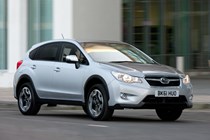
.jpg)
.jpg)
.jpg)
.jpg)
.jpg)
.jpg)
.jpg)
.jpg)
.jpg)
.jpg)
.jpg)
.jpg)
.jpg)
.jpg)
.jpg)
.jpg)
.jpg)
.jpg)
.jpg)
.jpg)
.jpg)
.jpg)
.jpg)
.jpg)
.jpg)
.jpg)
.jpg)
.jpg)
.jpg)
.jpg)
.jpg)
.jpg)
.jpg)
.jpg)
.jpg)
.jpg)
.jpg)
.jpg)
.jpg)
.jpg)
.jpg)
.jpg)
.jpg)
.jpg)
.jpg)
.jpg)
.jpg)
.jpg)
.jpg)
.jpg)
.jpg)
.jpg)
.jpg)
.jpg)
.jpg)
.jpg)
.jpg)
.jpg)
.jpg)
.jpg)
.jpg)
.jpg)

.jpg)
.jpg)
.jpg)
.jpg)
.jpg)
.jpg)
.jpg)
.jpg)
.jpg)
.jpg)
.jpg)
.jpg)
.jpg)










.jpg?quality=50)
.jpg?quality=50)
.jpg?quality=50)
.jpg?quality=50)
.jpg?quality=50)
.jpg?quality=50)
.jpg?quality=50)
.jpg?quality=50)
.jpg?quality=50)
.jpg?quality=50)
.jpg?quality=50)
.jpg?quality=50)
.jpg?quality=50)
.jpg?quality=50)
.jpg?quality=50)
.jpg?quality=50)
.jpg?quality=50)






.jpg?quality=50)
.jpg?quality=50)
.jpg?quality=50)
.jpg?quality=50)
.jpg?quality=50)
.jpg?quality=50)
.jpg?quality=50)
.jpg?quality=50)
.jpg?quality=50)
.jpg?quality=50)
.jpg?quality=50)
.jpg?quality=50)
.jpg?quality=50)
.jpg?quality=50)
.jpg?quality=50)
.jpg?quality=50)
.jpg?quality=50)
.jpg?quality=50)
.jpg?quality=50)
.jpg?quality=50)
.jpg?quality=50)
.jpg?quality=50)
.jpg?quality=50)
.jpg?quality=50)
.jpg?quality=50)
.jpg?quality=50)
.jpg?quality=50)
.jpg?quality=50)
.jpg?quality=50)
.jpg?quality=50)
.jpg?quality=50)
.jpg?quality=50)
.jpg?quality=50)
.jpg?quality=50)
.jpg?quality=50)
.jpg?quality=50)
.jpg?quality=50)
.jpg?quality=50)
.jpg?quality=50)
.jpg?quality=50)
.jpg?quality=50)
.jpg?quality=50)
.jpg?quality=50)
.jpg?quality=50)
.jpg?quality=50)
.jpg?quality=50)
.jpg?quality=50)
.jpg?quality=50)
.jpg?quality=50)
.jpg?quality=50)
.jpg?quality=50)
.jpg?quality=50)
.jpg?quality=50)
.jpg?quality=50)
.jpg?quality=50)
.jpg?quality=50)
.jpg?quality=50)
.jpg?quality=50)
.jpg?quality=50)
.jpg?quality=50)
.jpg?quality=50)
.jpg?quality=50)

.jpg?quality=50)
.jpg?quality=50)
.jpg?quality=50)
.jpg?quality=50)
.jpg?quality=50)
.jpg?quality=50)
.jpg?quality=50)
.jpg?quality=50)
.jpg?quality=50)
.jpg?quality=50)
.jpg?quality=50)
.jpg?quality=50)
.jpg?quality=50)